#blood vessels
Text
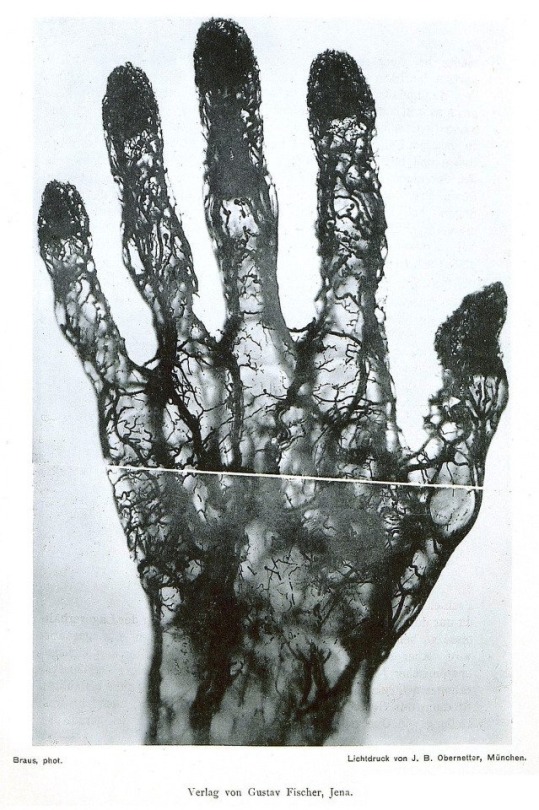
An X-ray image of the blood vessels of the hand made using mercury injection (1896)
8K notes
·
View notes
Text
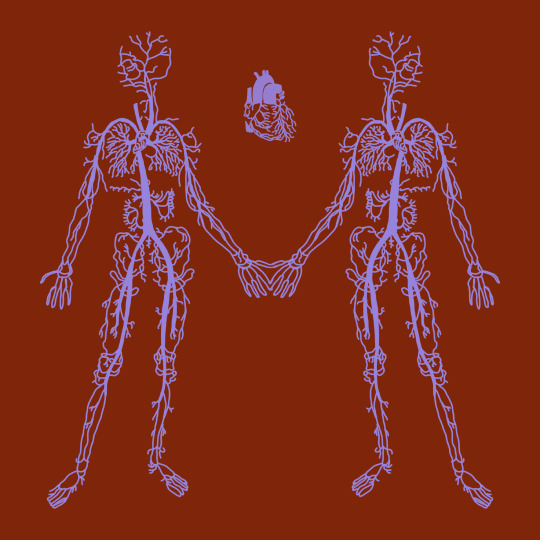
<3
#art#my art#lesbian artist#anatomy#anatomical art#heart#lungs#veins#blood vessels#blood#circulatory system
264 notes
·
View notes
Text
Staunch Supporters
Bacterial toxins can compromise blood vessels' leakiness affecting blood pressure. This study reveals that blood vessel lining cells' membranes, under the control of proteins called caveolin-1 and cavin1, stiffen to regulate the leakiness via tunnels called transendothelial cell macroapertures
Read the published the research article here
Video from work by Camille Morel and colleagues
Institut Pasteur, Université Paris Cité, CNRS UMR6047, Inserm U1306, Unité des Toxines Bactériennes, Département de Microbiologie, Paris, France
Video originally published with a Creative Commons Attribution 4.0 International (CC BY 4.0)
Published in eLife, March 2024
You can also follow BPoD on Instagram, Twitter and Facebook
23 notes
·
View notes
Photo

All blood vessels in your head
119 notes
·
View notes
Text
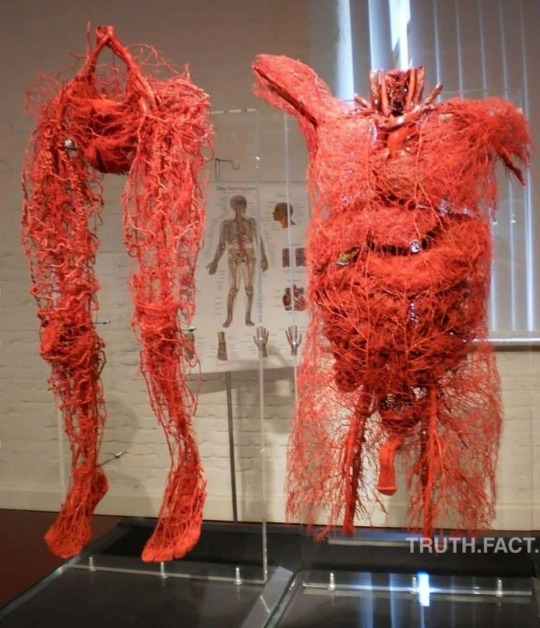
Physical 3D Model Showing Blood Vessels Of The Human Body
#anatomy#human anatomy#humans#human body#biology#blood vessels#phlebotomy#doctors#medical students#medical#medicine#fascinating#creepy#interesting#educational
13 notes
·
View notes
Text
A More Realistic Artificial Skin May Lead to Medical Advances - Technology Org
New Post has been published on https://thedigitalinsider.com/a-more-realistic-artificial-skin-may-lead-to-medical-advances-technology-org/
A More Realistic Artificial Skin May Lead to Medical Advances - Technology Org
A new bioengineered skin model could improve testing of skincare products and lead to better ways to heal damaged skin.
Paul Dalton and Ievgenii Liashenko in the lab. Image credit: University of Oregon
University of Oregon researchers have teamed up with scientists with the French personal care company L’Oréal to develop a multilayered artificial skin that more accurately mimics real human skin, and can be grown in just 18 days. The advance relies on a novel 3D printing technique invented by Paul Dalton, an associate professor in the Phil and Penny Knight Campus for Accelerating Scientific Impact at the UO.
The research was published in the journal Advanced Functional Materials.
“This is the first known case of replicating quality skin tissue at full thickness, using different kinds of cells separated by a membrane,” said Ievgenii Liashenko, a research engineer in Dalton’s lab.
Creating an artificial skin isn’t as simple as growing cells in a petri dish. Real skin has multiple layers, with different kinds of cells that perform distinct functions. And in the body, cells are supported by an external network of proteins and other molecules. Called the extracellular matrix, this system helps cells stay in position and communicate with their neighbors, which is key to keeping all systems working properly.
To replicate this complex environment, the researchers designed a two-layered artificial skin, with the layers separated by a membrane.
A 3D printer making the extremely fine strands used to create a new generation of artificial skin. Image credit: University of Oregon
Researchers from Dalton’s lab and L’Oréal co-developed plastic scaffolds that mimic the extracellular matrix via a network of finely structured 3D printed threads. Then, L’Oréal researchers grew cultured cells in those scaffolds to create the artificial skin, with different cell types growing in each layer. The membrane prevents the cells in the different layers from mixing as they develop.
“Other attempts don’t have the same layering—it actually looks like real skin,” said Dalton, who is the Bradshaw and Holzapfel Research Professor in Transformational Science and Mathematics.
The underlying scaffolds resemble a mesh material made of many spaghetti-like threads, each much thinner than a human hair. To make the porous scaffold, members of Dalton’s team used a 3D printing technique they’ve developed called melt electrowriting. In that technique, an electric field pulls the molten printing plastic from a nozzle into a thin thread, enabling very precise control over the printing.
Some 3D printing techniques can create very fine details, but only small objects, Dalton said.
Other techniques allow easy fabrication of larger pieces, but at the expense of resolution. Melt electrowriting bridges that gap, allowing engineers to create relatively large objects with fine details.
The new skin model can be grown in just 18 days, the researchers found, rather than the 21 to 35 days it took to create previous scaffold-based artificial skin models. That makes it more viable to use in commercial lab testing.
The final product. Image credit: University of Oregon
L’Oréal is currently using the artificial skin to test cosmetics and skin care products. Going forward, both Dalton’s team and L’Oréal researchers plan to explore the many other potential uses for the underlying scaffolding in skin tissue engineering.
Other potential skin-related applications include healing diabetic foot ulcers and creating skin grafts for burn patients. Beyond skin, the scaffolds developed by Dalton’s team could support myriad biomedical applications, such as artificial blood vessels and structures to help regrow damaged nerves.
“While we’ve made this big advance with the skin, the design of the scaffold is crucial and could be applied more broadly,” Dalton said. “There are so many diseases and injuries in the world that aren’t being solved, so having an extra tool to try to tackle these is really valuable.”
The materials used in the scaffold are already FDA– approved for use inside the human body, making the path to real-world application smoother.
The fabrication facilities at the Knight Campus make it possible for Dalton’s team to scale up production of the materials, Dalton said. “This is the part of the Knight Campus projecting its expertise beyond UO to influence state-of-the-art research fields globally.”
Source: University of Oregon
You can offer your link to a page which is relevant to the topic of this post.
#3d#3D printing#applications#Art#artificial#artificial skin#blood#blood vessels#cell#cell types#Cells#Chemistry & materials science news#Design#details#Diseases#easy#electric field#Engineer#engineering#engineers#Environment#Fabrication#Facilities#FDA#Featured technology news#Full#gap#healing#human#Ideas
3 notes
·
View notes
Photo

These are blood vessels captured using the ZEISS Axiolab 5 pathology microscope.
#pathology microscope#blood vessels#vessels under microscope#zeiss microscope#zeiss pathology microscope
13 notes
·
View notes
Text
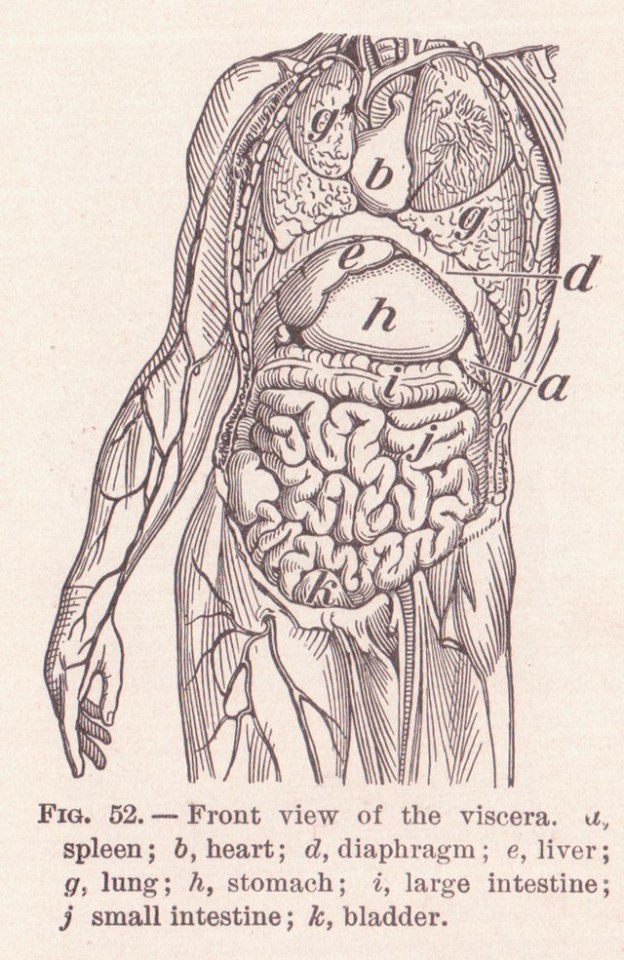

View of Viscera and Blood Vessels
The human body and health (Revised)
Alvin Davison
1910
3 notes
·
View notes
Text

All blood vessels in your head
3 notes
·
View notes
Text

Look Into My Eye...
2 notes
·
View notes
Text
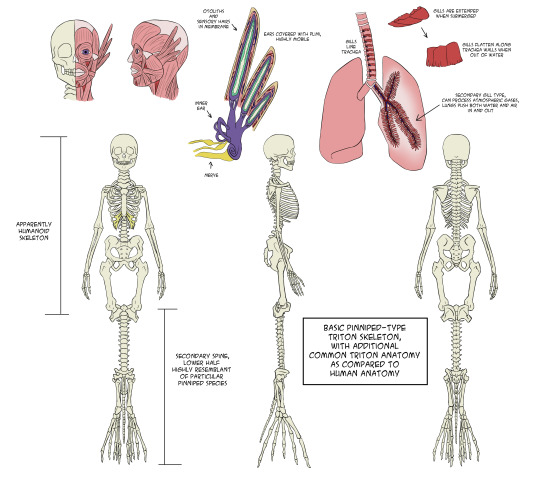
merm skeleton! :D
This is just a basic diagram for a pinniped-type merm, specifically a seal kin merm(a merm who was sea-lion kin would have a slightly different skeleton).
In addition, I saw this as a chance to diagram how merm ears work, as well as merm lungs. uwu In the future I also hope to make diagrams for cetecean-type merms and elasmobranchii-type merms
#art#speculative anatomy#mermaid#skeleton#muscle tissue#organs#blood vessels#medical diagram#leviathad
4 notes
·
View notes
Text
Cleaning and scrubbing my arteries with this little guy

#cleaning#scrubbing#arteries#little guy#blood vessels#heart#worm on a string#fuzzy worms#worm#pipe cleaner worm
2 notes
·
View notes
Text

Revealing Vessel Variance
Anatomical study of the incidence of variants in arteries of the adult hand provides detail that will aid orthopaedic, microvascular and reconstructive surgery
Read the published research paper here
Image from work by Marko Simić and colleagues
University of Belgrade, Belgrade, Serbia
Image originally published with a Creative Commons Attribution 4.0 International (CC BY 4.0)
Published in Scientific Reports, January 2024
You can also follow BPoD on Instagram, Twitter and Facebook
#science#biomedicine#biology#blood vessels#arteries#vascular surgery#orthopedics#reconstructive surgery#anatomy#hand
22 notes
·
View notes
Text



The anatomical illustration of dream.ai
2 notes
·
View notes
Text

#brown eyes#eyes#art#photography#beautiful#beautiful colors#nature#good mood#aesthetic#good vibe#real eyes#realize#real lies#world in your eyes#someone special#dreams#thoughts#blood vessels#beautiful eyes#eye contact
5 notes
·
View notes
Text
The Impact of Smoking and Other Harmful Habits on Vascular Health
Smoking is a highest cause of vascular disease and can significantly raise the risk of heart attack strokes and other vascular conditions. Sedentism, poor diet and excessive alcohol consumption are all harmful habits that can harm vascular health.
At the Vascular Center, we understand the critical role that lifestyle habits play in preventing and managing vascular diseases. Quitting smoking is one of the most effective ways to improve vascular health and reduce the risk of complications.
Smoking can damage the blood vessels, causing them to narrow and stiffen over time. This can reduce blood flow and increase the risk of blood clots, which can lead to heart attacks, strokes and other complications. Smoking also increases the risk of peripheral artery disease (PAD), a condition in which the blood vessels in the legs narrow and restrict blood flow to the muscles.
Quitting smoking can reduce the risk of these and other vascular conditions significantly. According to studies, the risk of heart attack and stroke can be comparable to that of a nonsmoker within a few years of quitting smoking. This emphasizes the significance of quitting smoking as soon as possible.
Other risk factors for cardiovascular disease include a sedentary lifestyle and a poor diet. Regular physical activity can help improve vascular health by strengthening the heart and blood vessels, lowering inflammation and increasing blood flow. A healthy diet high in fruits, vegetables and whole grains and low in saturated and trans fats can also improve vascular health.
Excessive alcohol consumption can also be detrimental to vascular health. Alcohol can raise blood pressure, cause heart muscle damage, and increase the risk of blood clots. Moderate alcohol consumption can help reduce the risk of these complications.
At the Vascular Center, we work with our patients to identify and address any lifestyle factors that may be contributing to their vascular disease. We offer support and resources to patients who want to quit smoking, eat healthier, and exercise more. We also provide comprehensive medical treatment options for vascular conditions, including medication, minimally invasive procedures and surgery.
Summary
Cigarette smoking and other unhealthy lifestyle choices can have a significant impact on vascular health. Smoking cessation, a healthy diet and increased physical activity can all help reduce the risk of vascular disease and improve overall health. If you are concerned about your vascular health, make an appointment with one of our specialists at the Vascular Center. We can collaborate to create a tailored plan to help you achieve optimal vascular health.
#vascular disease#smoking#harmful habits#lifestyle changes#vascular health#heart attacks#strokes#blood vessels#peripheral artery disease#healthy diet#exercise#alcohol consumption#medical treatment#minimally invasive procedures#surgery#Vascular Center
2 notes
·
View notes